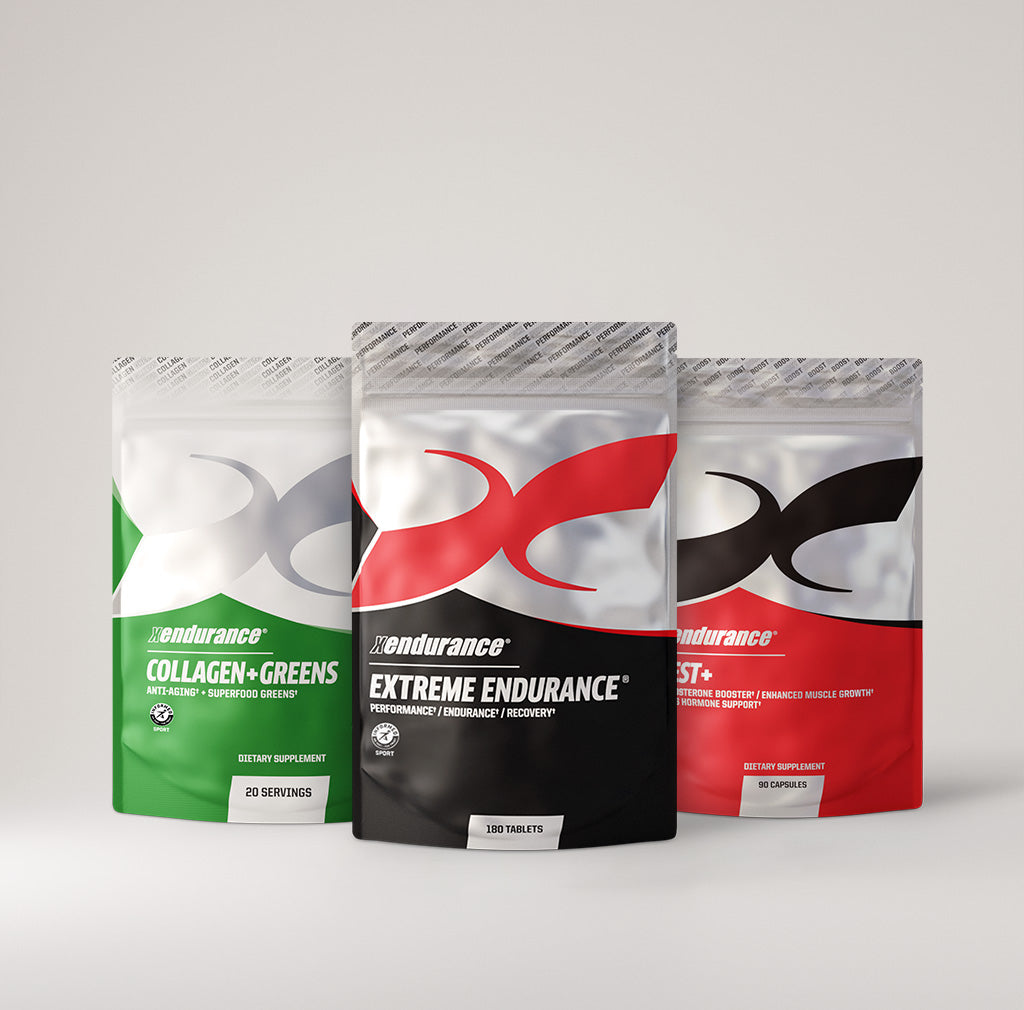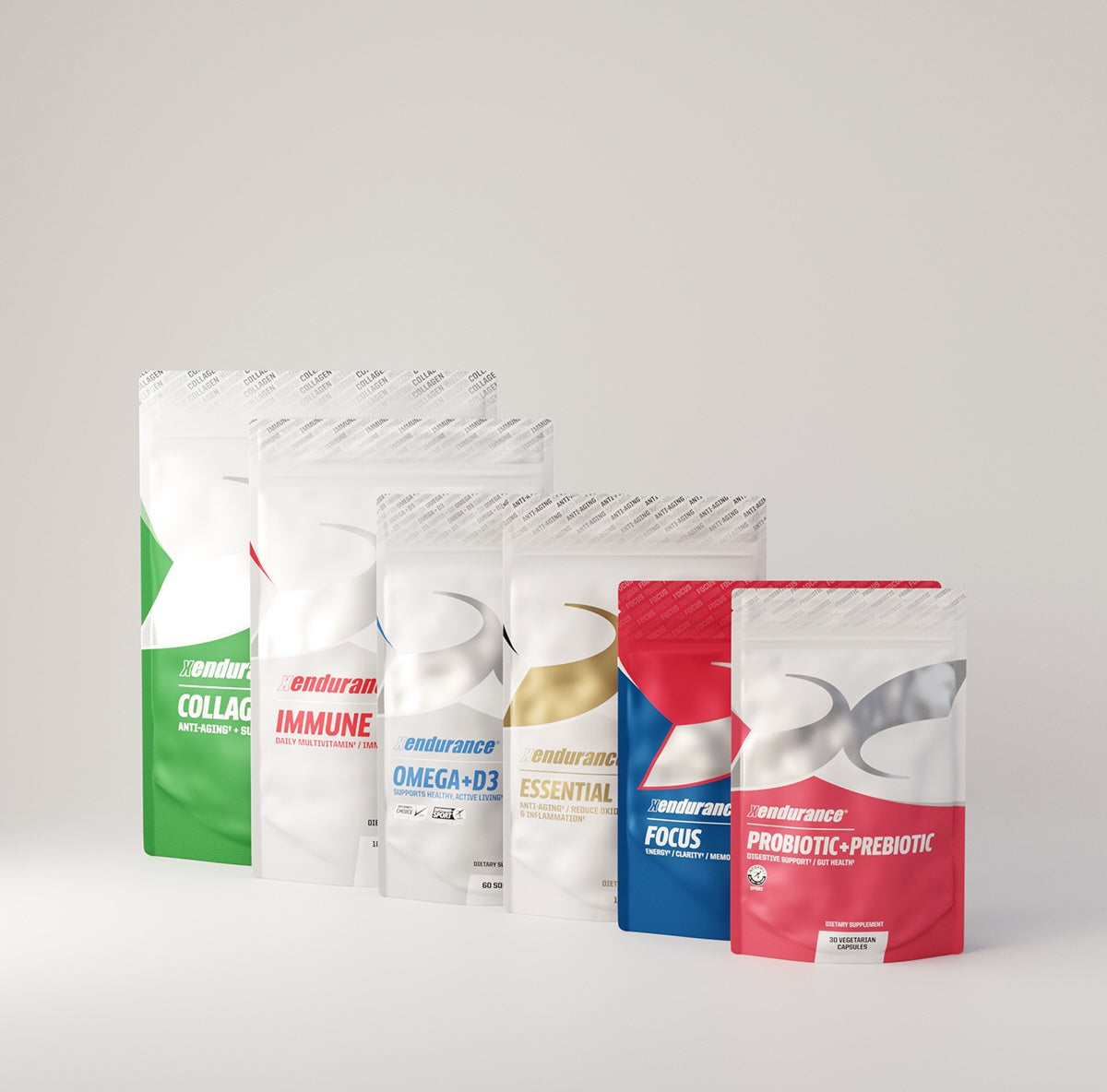It’s time. The malaise of the holiday season has finally sang it’s death knell and a brave new world is upon us. Time to improve your health, increase your wealth, or challenge your mind. 2020 even sounds bolder than New Year’s past. Our culture is fixated on shaking off the rust of the past and moving powerfully forward towards a better self. At least for a month or so. Because, well, life’s hard.
In the West, the exaltation of January 1st can be tied to the adoption of the Julian calendar, a reform made by Julius Caesar. January is named for Janus, the god of new beginnings and transitions. With his two faces, Janus reflects thoughtfully upon the past and gazes hopefully on the future. Thus the nature of our New Year’s celebrations and resolutions which continue today.
Resolution Success Rates
An often cited study from the University of Scranton that examined the success of New Year’s resolutions found that a mere 19% of participants self-reported success with their resolutions after a two year period <1>. In the thirty years that have passed since that study was conducted, the mortality rate of resolutions appears to have accelerated rapidly, with other psychologists reported that 80% of resolutions fail by February <2>.
Ask yourself: when was the last time you successfully achieved a resolution? Why were you successful? And what was different from that success compared to many other forgotten resolutions that never came to fruition? In this short series, we’ll look at strategies, both scientific and pragmatic, to examine what it takes to effect change in your life and make that resolution come true.
Have a “Why”
A lot of resolutions would be better classified as grandiose fantasies rather than goals or desired personal improvements. “I want to travel to x number of countries this year.” “I want to have x number in my savings by the end of the year.” “I want to lose x number of pounds in three months.” “I want to quit smoking.” “I want to learn a new language.”
These are pretty common resolutions that are met with mixed results. And that’s because they’re usually a bit fantastical. It is possible to quit smoking, but not overnight. It is possible to lose 50lbs. But not in a healthy or sustainable manner in the short term. It is possible to accumulate personal wealth for financial independence. But almost never within the span of a year. To make matters worse, people often set multiple resolutions with every year, all competing for their attention and effort. If it’s hard enough to achieve one rather large goal, how can one expect to be successful with so many?
Write down anything that comes to mind for what you’d like to do different in the New Year. It can even be fantastical, there’s no limits in the initial process. Now reflect on those thoughts and ask, “Why?” Why do you want to learn a new language? Is it because it seemed like a good idea, or do you genuinely thirst for communication with another culture? Why do you want personal wealth? Is it for the actual independence this will grant you, or is it an arbitrary standard you feel is necessary to keep up with the Joneses? Do you want to travel for the instagram posts and escape the monotony of regular life, or do you thirst for adventure? There are no right or wrong answers, but flesh out exactly why these items came to mind. Examine which goals have the “why” you are most passionate about, that have a calling you cannot escape.
Be Realistic
Equipped with a robust and thoroughly vetted “why”, set a realistic timeline for achieving the goal. If you’re unsure of what a realistic timeline could be, seek out friends, family, or professionals who might provide insight. Our loved ones generally want to see us succeed, and those with your best intentions in mind are strong enough to raise concerns when a task may be too ambitious. Specific goals may require meeting a knowledgeable professional on the matter. That may mean seeking out a financial planner, a smoking cessation counselor or support group, or stepping into a fitness program to consult a personal trainer. Losing 10lbs is a very different prospect for an overweight person than it is for a very lean person. Determine what timeline is possible given your specific goal and situation, rather than set yourself up for failure with an overnight fantasy. A well thought out timeline allows for a tangible schedule to execute action items and make your goal possible.
Action Items
Lastly, reverse engineer an action plan. You’ve got a “why”. You’ve got a timeline. Now how do you get there? What changes do you need to make or what obstacles have prevented you from achieving it thus far? Will packing your lunch not only save your bank account but keep you from indulging in that extra refill of soda? Can instituting a walk at lunch with your coworkers get in some extra exercise, increase office morale, and give you mind a break from work? Small, actionable steps are your path to success. It’s hard to find your way when entirely fixated on the destination, but focusing on little victories in the present can help carry you in the right direction. Search for changes that encounter the least amount of friction, a concept we’ll explore in depth later in the series. If a change is easier to make, the more likely it’ll stick.
The Wellness Challenge
Need an extra reason to quick stick with those health oriented goals? We’ve got your back. Join the Xendurance Wellness Challenge and get rewarded for building a better you. Your self is the best investment you can make and the most worthwhile resolution. Pursue those fitness goals you’ve always dreamed about. Look and feel the best in your life. And win a FREE resort vacation to Cancun while doing it. Check out our rules and start your submission to show us how much better you’ve improved your health and wellness by May 31st!
Look out for our next part of the Resolution Series, Habits > Willpower.
References
-
Norcross, J. C., & Vangarelli, D. J. (1988). The resolution solution: Longitudinal examination of New Years change attempts. Journal of Substance Abuse, 1(2), 127–134. doi: 10.1016/s0899-3289(88)80016-6
-
Why 80 Percent of New Year's Resolutions Fail. (n.d.). Retrieved from https://health.usnews.com/health-news/blogs/eat-run/articles/2015-12-29/why-80-percent-of-new-years-resolutions-fail.









Leave a comment
This site is protected by hCaptcha and the hCaptcha Privacy Policy and Terms of Service apply.